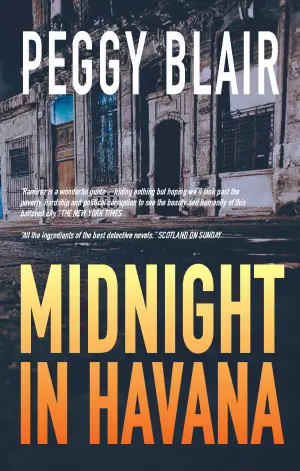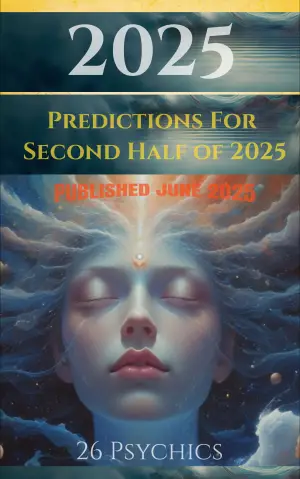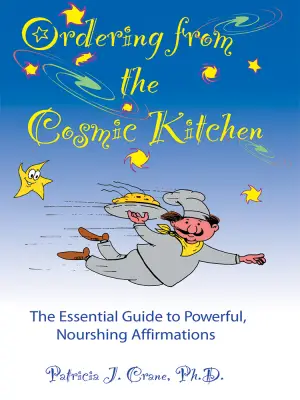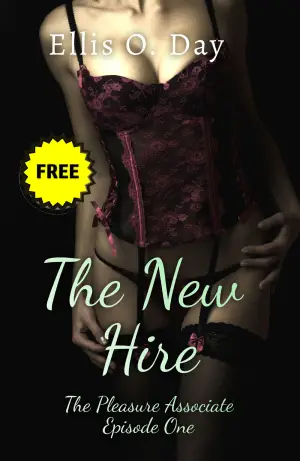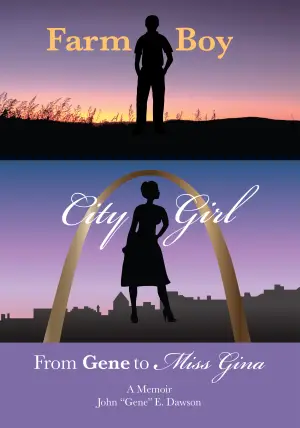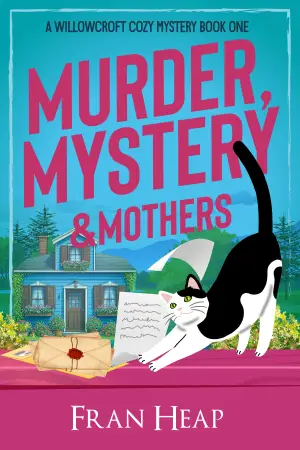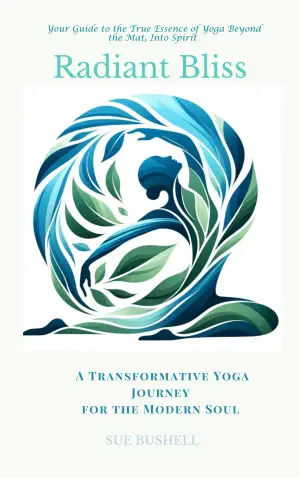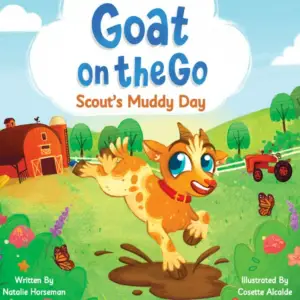Twilight: A Reflection on Love, Identity, and the Power of Influence
I can almost hear the collective gasps echoing throughout the literary community as I sit here, having just turned the last page of Twilight, the first installment in Stephenie Meyer’s infamous saga. When it first graced the shelves, I was far too busy navigating my adolescent angst to take notice of this book, particularly given the barrage of ridicule it has since endured. Yet, here I am, surprisingly invigorated by a story that, despite its flaws, holds a magnetic charm I can’t quite shake.
Now, diving into Twilight, I found myself drawn not only to the love story but to the cultural phenomenon it ignited. The exploration of Bella Swan—Meyer’s hapless yet captivating heroine—invites us into her world of awkward teenage romance. Her transition from Arizona sunshine to the dreary backdrop of Forks, Washington, parallels her own internal struggles: seeking acceptance while grappling with the duality that defines her existence. As I read, I reflected on how her character shaped the YA genre. It’s hard to believe the profound impact of Twilight is being downplayed by some YA authors today, particularly when it paved the way for countless narratives exploring similar themes.
One moment that struck me was when Bella muses about her newfound popularity in Forks. Meyer skillfully captures the insecurities of youth, with Bella often questioning why Edward Cullen—a "dazzling" and intriguing figure—could possibly be interested in someone as ordinary as she perceives herself to be. It’s a poignant reflection of that universal teenage survival instinct: the fear of being ordinary in a sea of extraordinary expectations.
The pacing of Twilight can sometimes feel meandering, particularly in the first half, where the tension builds at a subatomic level. But it’s in this slow-burn quality where the sweet intensity of Bella and Edward’s relationship unfolds. Meyer’s narrative style, both introspective and melodramatic, possesses a vulnerability that fits the tone of the story.
Of course, there are elements that spark significant discomfort. Edward, the brooding vampire, exists as both a romantic ideal and an unsettling figure when viewed through a critical lens. The age gap—he’s perpetually 17, while she is only a teenager—raises eyebrows and ignites conversations about consent and power dynamics. Yet, this discomfort adds layers to the narrative—and as I reflect on it, I can’t help but wonder if this was intentional. Are we observing a dance between modernity and historic moral constructs, embodied in the lives of these characters?
There were moments of sheer delight, with playful exchanges between Edward and Bella that reminded me of classic young love. Quotes like “You scared me for a minute there,” fetch a grin, capturing that beautiful, if chaotic, chase of first love—complete with its naivety and pulse-quickening moments. It impressed upon me the sheer power Meyer possesses when immersing readers in the realm of youthful passion.
As I closed the book, I found myself marveling at the way Twilight resonates with both those who adore it and critics who dismiss it. This dichotomy reflects its significance, and I believe it’s pivotal for anyone interested in the evolution of young adult fiction. For fans of love stories steeped in magic and moral complexity, this book is a ride worth taking. Readers who approach it with an open mind might not only be entertained but could find themselves contemplating themes of identity, romance, and the weight of social perception.
In the end, Twilight is more than the sum of its narrative parts; it’s a reflection of the power stories have in shaping culture and identity. I can’t say that I’ll be sporting Team Edward or Team Jacob merch anytime soon, but I undeniably left with a softer heart and a more reflective mind—a reminder of the myriad ways stories connect us, even when fraught with complexities.
Discover more about Twilight (The Twilight Saga, #1) on GoodReads >>

